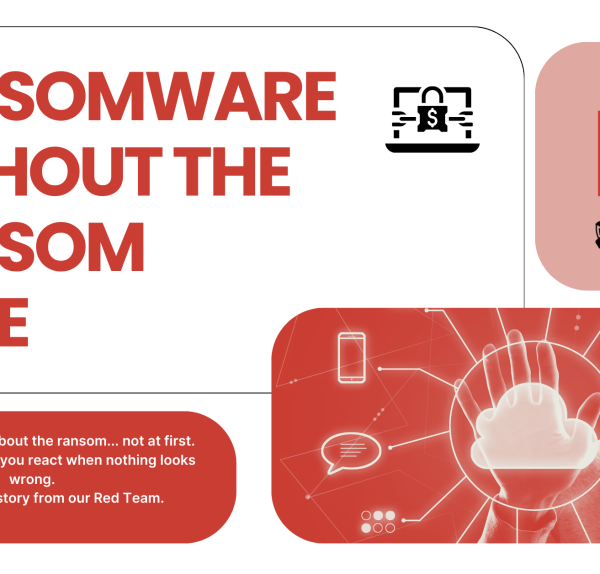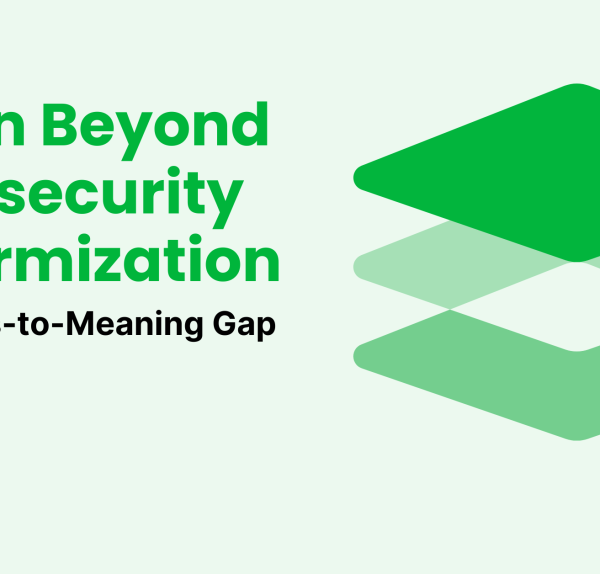The Monetary Authority of Singapore (MAS) has established Technology Risk Management (TRM) Guidelines to strengthen the financial sector’s resilience against technology-related risks. If you’re looking to adopt these guidelines efficiently and securely, this guide will walk you through key steps for effective MAS TRM implementation especially when starting MAS TRM compliance.
1. Establish Governance and Leadership
A successful MAS TRM implementation starts with strong governance. Appoint a high-level executive to lead the TRM initiative and establish a Technology Risk Management Committee (TRMC). This committee, comprising IT, compliance, risk management, and senior management representatives, will develop, approve, and oversee the TRM strategy. Regular meetings ensure that the initiative receives strategic input and organizational backing.
Make sure that leadership is well-versed in technology risk management and recognizes its impact on business goals and compliance. Key roles should include:
- Chief Information Security Officer (CISO): Oversees cybersecurity measures and ensures policies align with the TRM framework.
- Chief Technology Officer (CTO): Aligns technology infrastructure to security guidelines.
- Chief Compliance Officer (CCO): Monitors regulatory adherence.
2. Conduct a Comprehensive Risk Assessment
Conduct a thorough risk assessment to identify the primary vulnerabilities and risks associated with your current IT systems, processes, and third-party partners. The assessment should evaluate:
- Business Operations and Critical Services: Identify and prioritize services vital for business continuity, and determine acceptable downtimes.
- Cybersecurity Threats and Impact: Understand threats targeting your specific sector, such as phishing, ransomware, and insider threats, and evaluate their potential business impact.
- Vulnerabilities of IT Systems and Networks: Identify weaknesses in applications, networks, and user endpoints.
- Third-Party Risks: Assess outsourced partners for compliance and vulnerabilities.
Use standardized methodologies such as ISO 27005 or NIST SP 800-30 to provide structure and consistency. The risk assessment will guide the scope of your TRM implementation and align it with MAS guidelines.
3. Develop a Robust TRM Framework
Create a comprehensive TRM framework based on your risk assessment findings. This framework should include:
- Risk Appetite and Thresholds: Define the level of acceptable risk based on your organization’s strategic objectives.
- Risk Monitoring Processes: Set up clear procedures for detecting emerging risks, analyzing impact, and mitigating threats.
- Incident Response Plans: Develop specific steps to contain and recover from cybersecurity incidents.
- Business Continuity Measures: Ensure backup systems and alternative strategies to continue operations amid disruptions.
- Periodic Reviews: Schedule regular assessments to measure TRM effectiveness and identify improvement opportunities.
4. Implement Security Controls and Monitoring
Implement security controls tailored to your identified risks. Key areas include:
- Access Controls: Use multi-factor authentication and privileged access management.
- Network Security: Monitor internal and external traffic for unusual patterns and use VPNs for secure communication.
- Endpoint Security: Ensure firewalls, antivirus software, and encryption on all user devices.
- Application Security: Regularly test apps for vulnerabilities and patch weaknesses.
- Data Protection: Encrypt sensitive information and store it securely.
Establish continuous monitoring mechanisms for detecting unusual activity, policy violations, and threats, with automated alerts to relevant personnel.
5. Develop an Incident Response Plan
A well-documented incident response plan is crucial for managing breaches or disruptions efficiently. Include:
- Incident Response Team: Form a multi-department team with predefined roles and responsibilities.
- Detection and Analysis Procedures: Implement real-time monitoring to spot breaches early and conduct forensic analysis to trace their origins.
- Containment, Eradication, and Recovery Steps: Outline strategies for isolating affected systems, removing threats, and restoring normal operations.
- Post-Incident Reviews: Conduct root-cause analysis to identify gaps and recommend improvements.
Ensure the plan is regularly tested through simulation exercises, penetration testing, and red teaming.
6. Plan for Business Continuity
Business continuity planning ensures critical functions continue during disruptions. This plan should include:
- Critical Function Identification: Identify essential processes and their dependencies, and rank them by priority.
- Backup and Recovery Solutions: Implement regular data backups and consider offsite storage or cloud-based solutions for redundancy.
- Alternative Processes or Systems: Plan for alternate methods or systems to maintain continuity if primary systems fail.
- Periodic Testing: Conduct disaster recovery tests to confirm the effectiveness of your business continuity plan.
Document, review, and refine the plan regularly to reflect business and technological changes.
7. Manage Outsourced Providers
Many financial institutions rely on third-party providers for essential services. To maintain MAS TRM compliance:
- Conduct Due Diligence: Evaluate vendors’ security practices and compliance records.
- Service-Level Agreements: Establish contracts that clearly define security requirements and reporting obligations.
- Periodic Assessments: Regularly audit third-party compliance with your TRM framework.
Integrate third-party risk assessments into your overall TRM strategy to ensure comprehensive oversight.
8. Regularly Review and Update Policies
The regulatory and technology landscape evolves continuously, so regularly reviewing your TRM framework is crucial. Conduct internal audits to evaluate compliance and identify gaps. Incorporate lessons learned from incident responses, industry developments, and MAS TRM updates to refine your policies and controls.
Conclusion
Implementing the MAS TRM guidelines effectively requires a systematic approach prioritizing governance, comprehensive risk assessment, and continuous improvement. By following these key steps, financial institutions can build a resilient technology risk management framework aligned with regulatory requirements, safeguarding against emerging threats.
How XRATOR AutoComply Supports MAS TRM Implementation
XRATOR AutoComply simplifies MAS TRM implementation by offering a comprehensive compliance automation platform tailored to financial institutions. With intelligent cross-referencing of compliance standards, automated evidence collection, and seamless integration with existing cybersecurity tools, AutoComply ensures that your organization adheres to MAS TRM guidelines efficiently. It provides real-time monitoring, audit readiness, and a centralized dashboard, giving you complete oversight of your compliance status. By aligning your TRM framework with MAS requirements through automation, XRATOR AutoComply empowers your team to focus on strategic goals while ensuring continuous adherence to regulatory standards.






